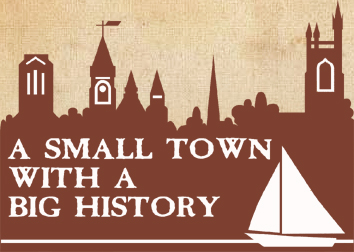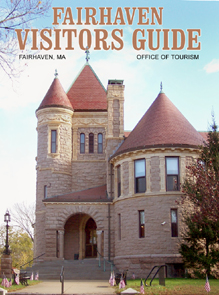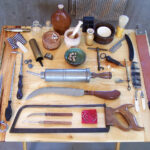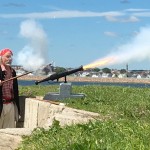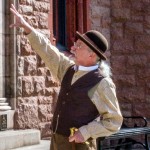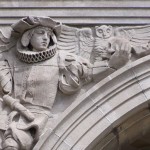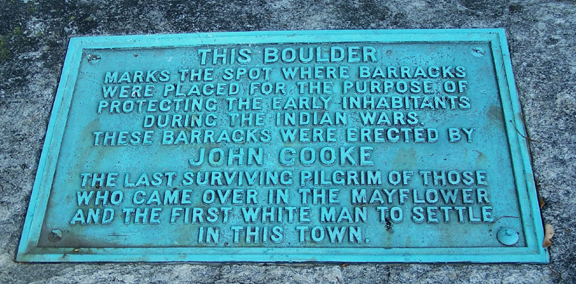
Site of John Cooke Garrison (ca. 1675)
52 Howland Road, Fairhaven
In a small public park on the north side of Howland Road near Sycamore Street, a bronze plaque on a boulder marks the location where a garrison belonging to John Cooke stood in the 1670s.
In July of 1675, at the beginning of the King Philip War, the town was raided by members of the Wampanoag tribe who were followers of the late Chief Massasoit’s son Philip. Cooke’s garrison became a refuge for local settlers. The children of Jacob and Susannah (Pope) Mitchell fled from their home and made it safely to the garrison. Their parents and Susannah’s brother John Pope were not so lucky and were killed by Native people.
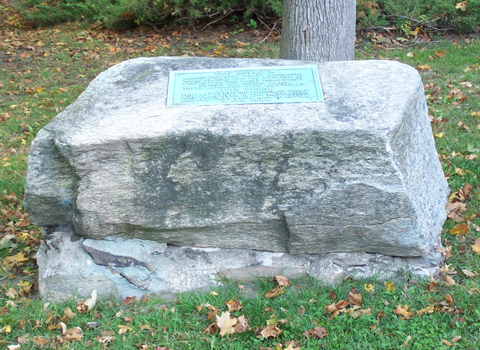
The wording of the plaque has two minor errors. Cooke was the last male passenger of the Mayflower, but another original Pilgrim, Mary Allerton Cushman, was still alive after Cooke’s death. And there were other men living and paying taxes here before Cooke’s arrival; he is most likely not Fairhaven’s first white settler.
Click on the links below to learn about Fairhaven sites associated with John Cooke.
